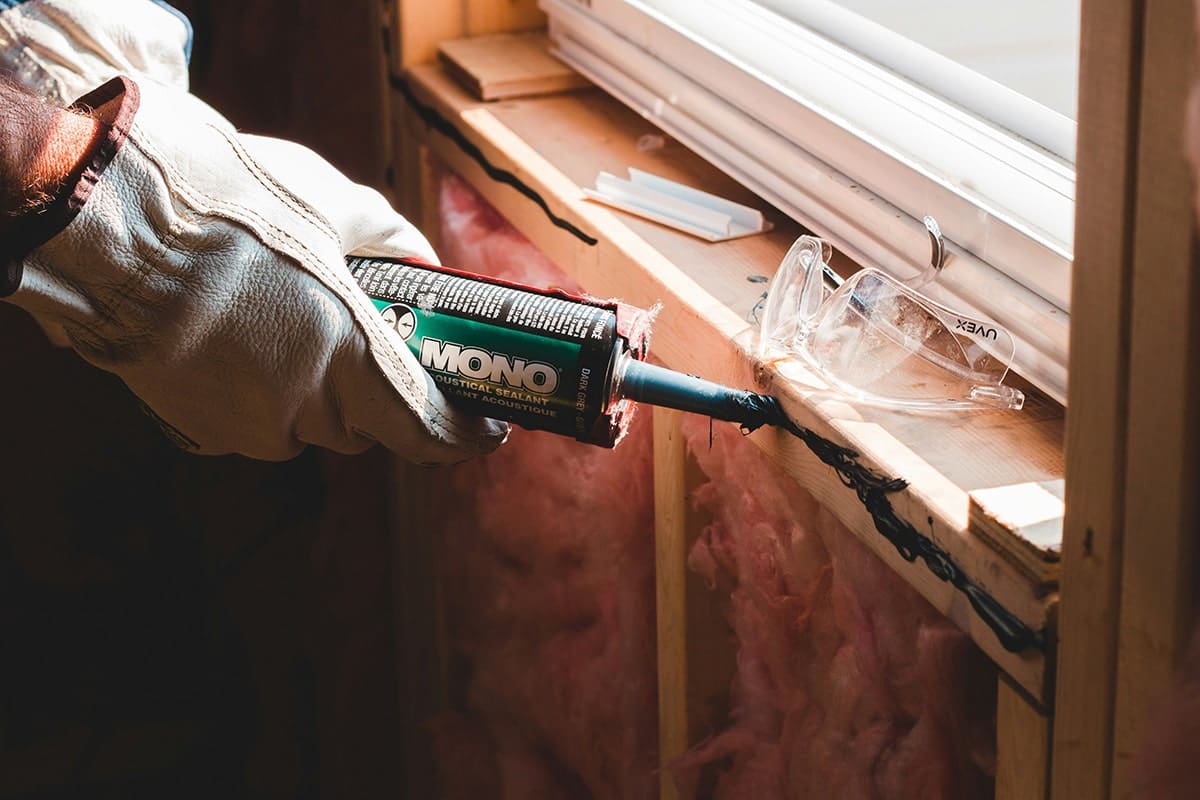https://www.vectramechanical.com/blog/be-ready-to-shine-before-guests-arrive-4-most-common-mistakes-to-avoid-this-holiday-season
Authored By Jared Quintana | Vectra Mechanical
Winter-Proof Your Home: Simple Maintenance Steps for a Cozy, Stress-Free Season
The air’s getting crisper, the leaves crunch underfoot, and every park stroll leaves you in awe at Mother Nature’s artistic side. You need to put on a sweater in the morning and evening, and the scent of cinnamon and pine is already in the air.
Yes, the signs are clear: winter is coming. But while the season brings cozy dinners, twinkling lights, and classic tunes, it also has a way of testing your home’s strength, one icy gust at a time.
So here’s the real question: Is your home ready to take on the cold?
According to Vectra Mechanical, a company licensed in HVAC, electrical, and plumbing, too many homeowners wait until something breaks before taking action. Here are the four mistakes they see most often on service calls. Avoid these to keep your home safe, warm, and worry-free all season long.
1. Not Performing an HVAC System Health Check
Your heating system’s been hibernating since last winter, so it’s due for a checkup. Have a certified HVAC professional inspect and service your furnace, boiler, or heating unit to ensure it’s running safely and efficiently.
Pro Tip: Schedule your service in early fall (September to early October). Once that first cold snap hits, every HVAC contractor in town will be buried in emergency calls, and you’ll be stuck waiting (and shivering). Taking care of it early not only saves you time but can also stop small issues from snowballing into costly repairs. A little prep now means a warm, worry-free winter later.
What Does This Entail?
A technician (or a team of technicians) will come to your home to inspect your heating unit. They will check for safety issues, such as cracks in the furnace heat exchanger or the boiler’s pressure and temperature gauges.
They will also clean any components that need cleaning, inspect ventilation and filtering systems, test valves, and perform any other tasks needed to ensure the system operates within optimal parameters.
Once everything is complete, they may recommend some item replacements (which you should follow!) and bid you farewell.
How Long Will It Take?
Plan on at least 90 minutes for any comprehensive, professional HVAC service. This way, the technician has time to do a thorough job, complete the paperwork, and answer your questions.
Avoid any contractor who guarantees a 30-minute service, as it’s unlikely to be thorough enough to ensure safety and long-term efficiency.
How Much Will It Cost?
The final cost depends on your area and the type of HVAC system, but the average cost for an annual maintenance visit ranges from $150 to $400+.
2. Skipping Water System Winterization
Trust us, you don’t want your plumbing system to freeze! Freeze-related plumbing damage is one of the most expensive, sudden, and disastrous repairs a homeowner can face. The matter is so serious that the Department of Energy has created a map that shows the probability of frozen pipes across the country.
Winterizing your water system means taking steps to protect exposed pipes from unheated outdoor air. This should occur before the first hard freeze (when temperatures drop below 28°F for several consecutive hours).
What Does This Entail?
The good news is that, if you don’t have a complex outdoor water system (like sprinklers), you can do the job yourself.
Here’s what to do:
- Disconnect and drain all hoses.
- Locate and turn off the dedicated shut-off valve inside the home (usually in the basement, utility room, or crawlspace).
- Go outside and open the faucet to drain any remaining water from the short section of pipe between the interior valve and the exterior faucet.
- Install an insulated foam cover (a “hose bib cover”) over the faucet. This step is optional but recommended.
Sprinkler systems are a little trickier—they need a blowout, which means using compressed air to clear every drop of water from underground lines, valves, and sprinkler heads. You can tackle this yourself if you’ve got the right tools and know-how, but hiring a pro to handle your sprinkler system winterization typically costs between $90 and $130 for an average home. For most homeowners, that small investment is well worth skipping the hassle—and the risk of frozen, burst pipes later.
3. Ignoring Air Sealing and Insulation
Official estimates show you can save around 11% on annual energy costs by air-sealing and properly insulating your home. And a big part of the job, you can do yourself.
What Does This Entail?
The main purpose is to find and seal every opening where the living space meets the attic, garage, or crawlspace. Use caulk and low-expansion foam to seal utility penetrations (pipes, wires), ceiling light cutouts, and gaps around furnace flues.
For windows and doors, apply fresh weatherstripping, and use rope caulk or sealant on non-moving joints. Apply interior window film on drafty single-pane windows.
Once this step is complete, check the house’s insulation. You need a continuous, deep layer of insulation that meets or exceeds your area’s recommended R-values in the attic, under the floors, over the crawl space, and around accessible basement rim joists. (source)
How Much Will It Cost?
The cost varies wildly depending on whether you are addressing simple air leaks or adding/replacing a whole attic full of insulation. But the good news is that insulation’s lifespan is measured in decades, so once installed, you won’t have to invest too much in it. Just make sure to inspect and maintain it yearly.
Overall, air sealing will cost between $50 and $200 for a DIY project and $300 to $750 for a professional job. But professional air sealing is usually done as a prerequisite for professional insulation work.
If you’re adding new insulation, the costs are quite steep and depend on many factors. For instance, insulating your attic can cost between $1,500 and $4,000+, depending on the attic size, insulation material (fiberglass/cellulose), and the target R-value (depth).
Pro Tip: Many utility companies offer rebates for insulation and air sealing work. These can be direct financial incentives offered by the companies or via state and federal programs designed to help offset the cost of energy efficiency upgrades.
Best Time to Do This?
Both air sealing and home insulation are best done during early fall (September to October). This way, you get the benefits before the cold weather hits, maximizing your first winter’s savings.
Plus, working in an attic is much safer and more comfortable in mild temperatures than during a 100°F summer day or an icy winter morning. Get it scheduled before the insulation contractors book out for the season.
4. Forgetting an Electrical System Safety Check
Electrical checks often fly under the radar, but they’re crucial for fire safety. When homes are sealed up tight and heaters, lights, and gadgets are all working overtime, your electrical system needs to be in top shape.
If you haven’t made any major upgrades or renovations this year, a quick DIY inspection before winter rolls in can go a long way toward keeping your home safe and sound. Test smoke alarms, check cords, and visually inspect outlets. Replace the batteries where needed and do not use extension cords or outlets that are frayed, cracked, or damaged.
You should have a professional safety inspection every 5 to 10 years if your home is relatively new and well-maintained. For older homes (40+ years), it’s recommended to have an inspection done every 3 to 5 years.
Best Time to Do This?
You guessed it: early fall (September to October).
Electrical systems are in high demand during winter (heaters, lights, increased indoor time), so it’s best to find and fix issues before that.
Prevention Keeps Your Home Safe and Holidays Peaceful
Emergency repairs aren’t just expensive—they’re stressful and perfectly timed to ruin your plans. The winter holidays should be about cozy nights and family time, not frantic calls trying to find someone to fix a broken boiler or a frozen pipe.
Missing a small issue now can snowball into serious damage or safety risks later. By taking a little time for this home maintenance, you can avoid this holiday season’s biggest headaches. Good, timely preparation is a small investment that pays off with safety, peace of mind, and a truly relaxing, worry-free winter.




